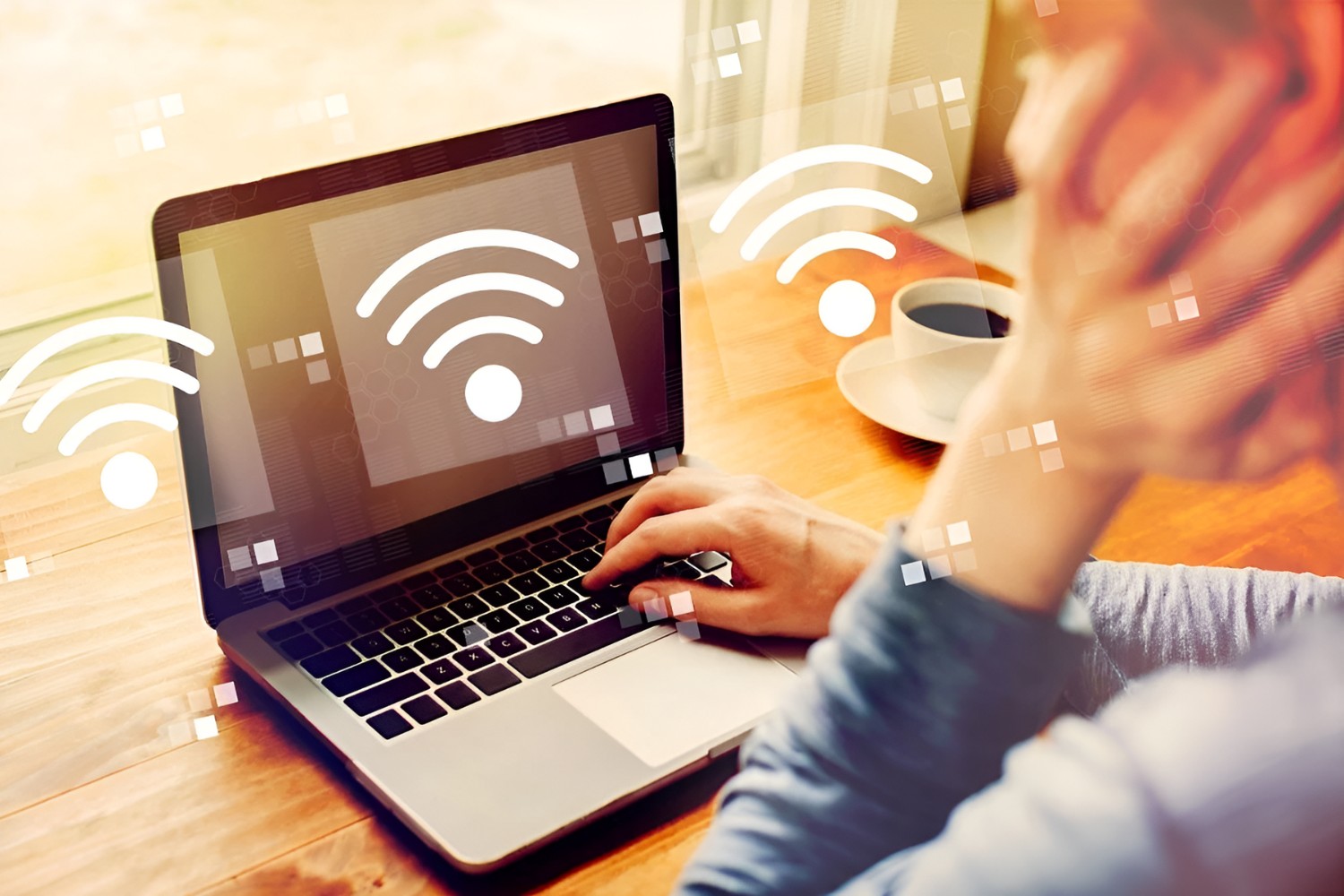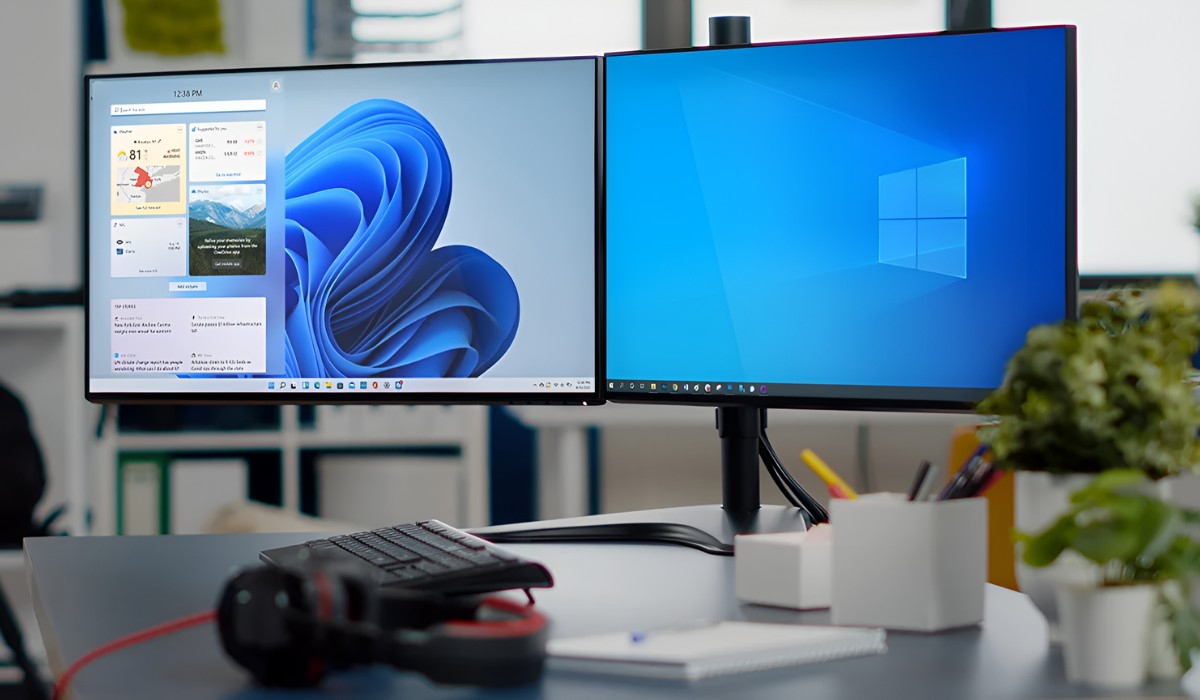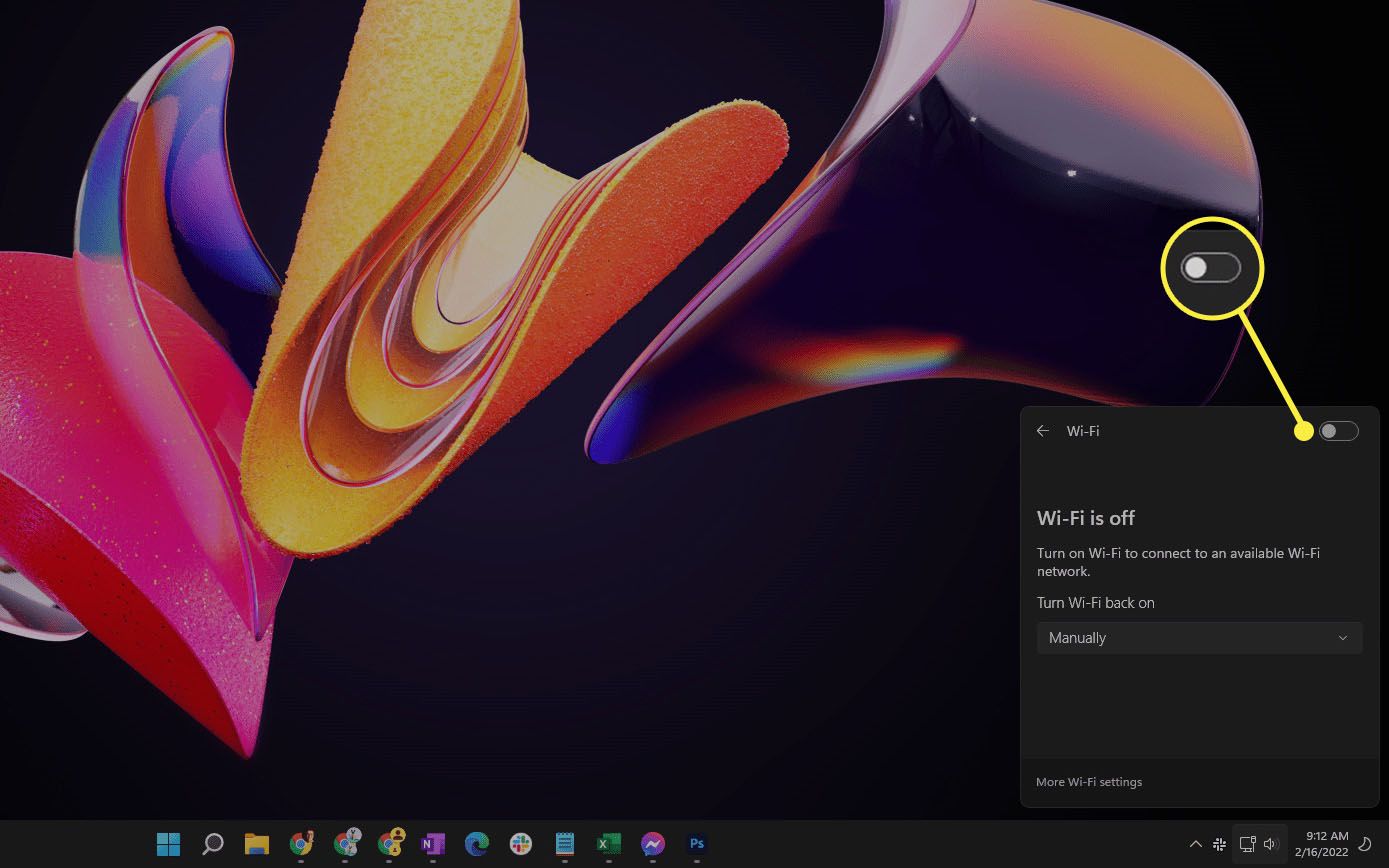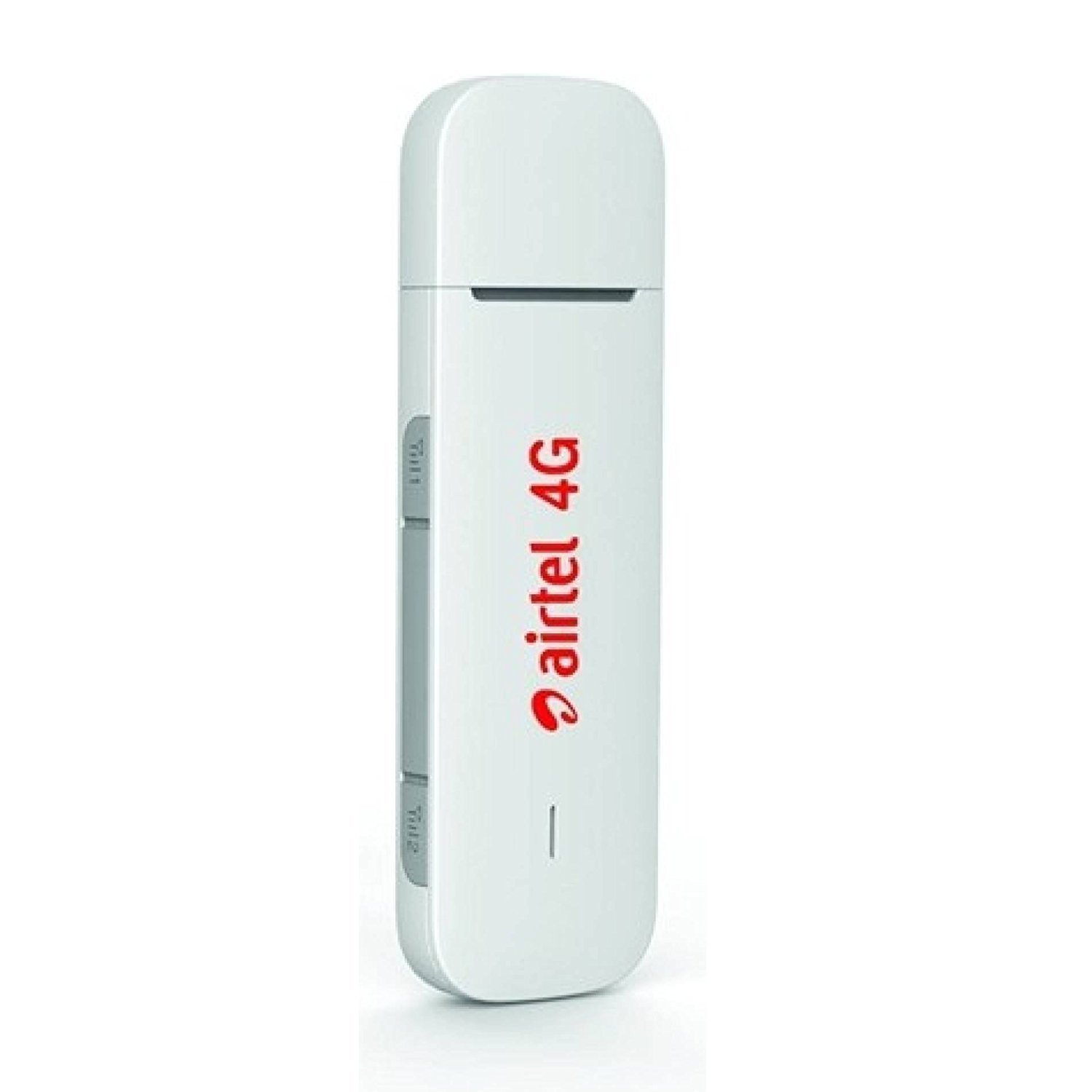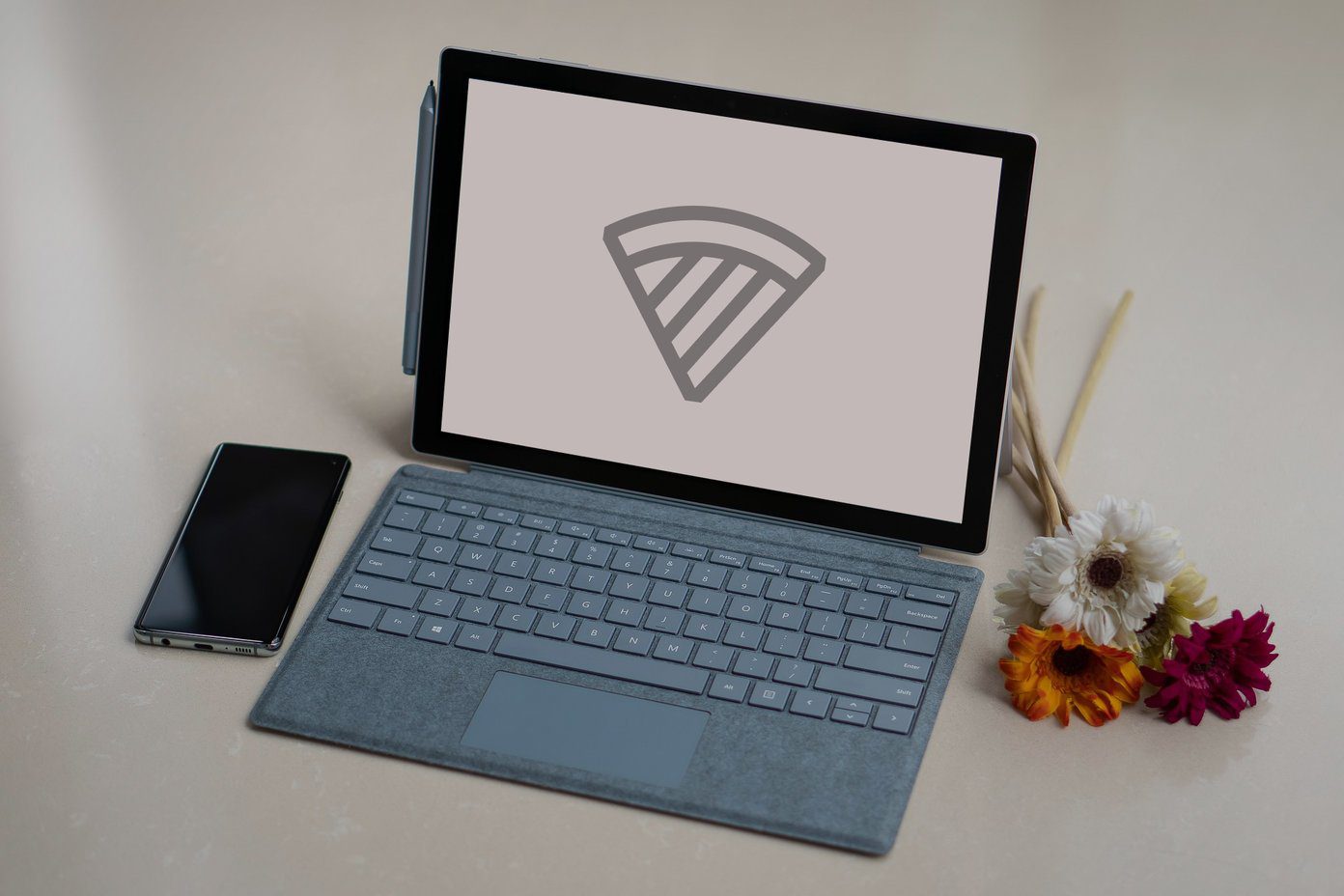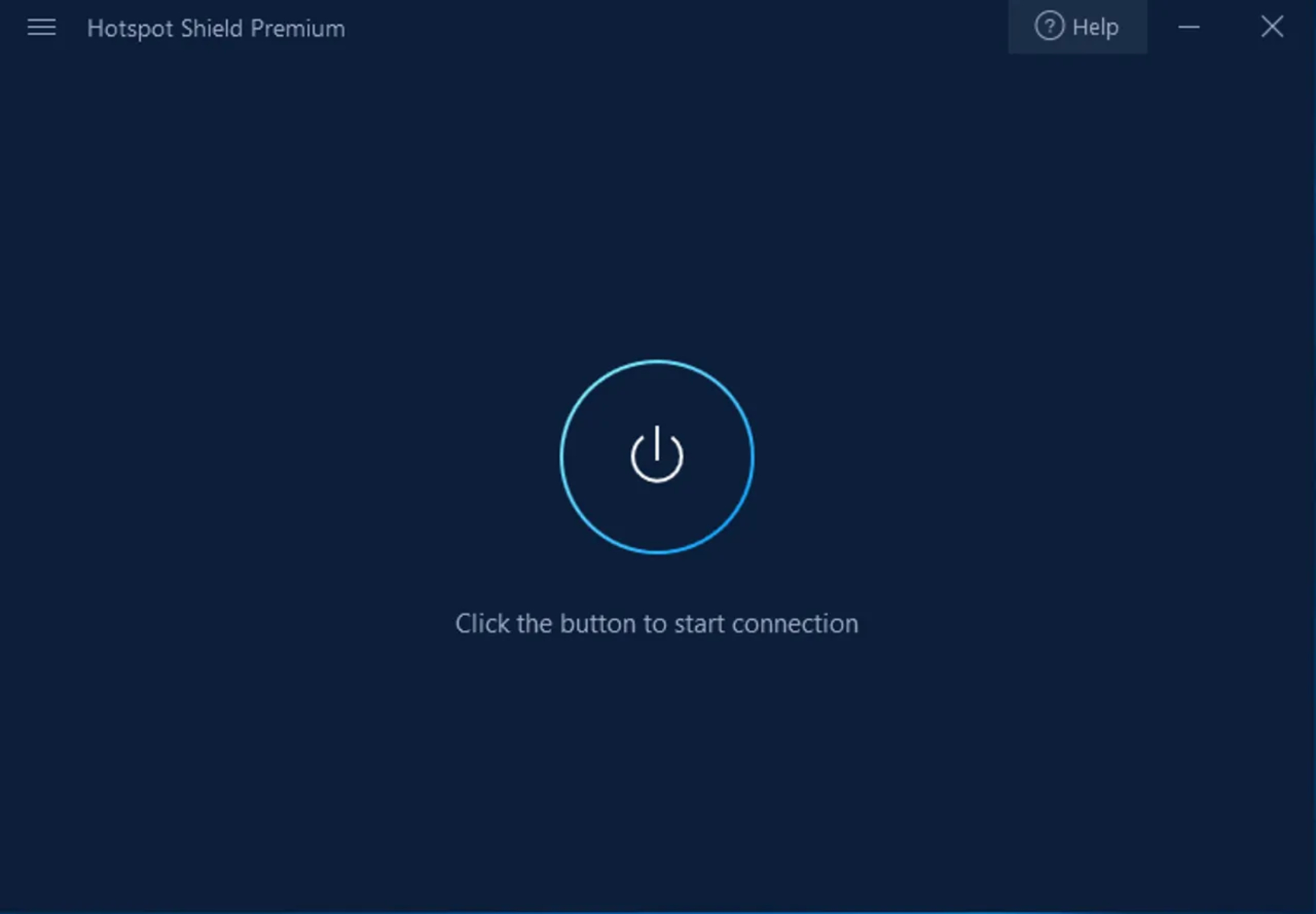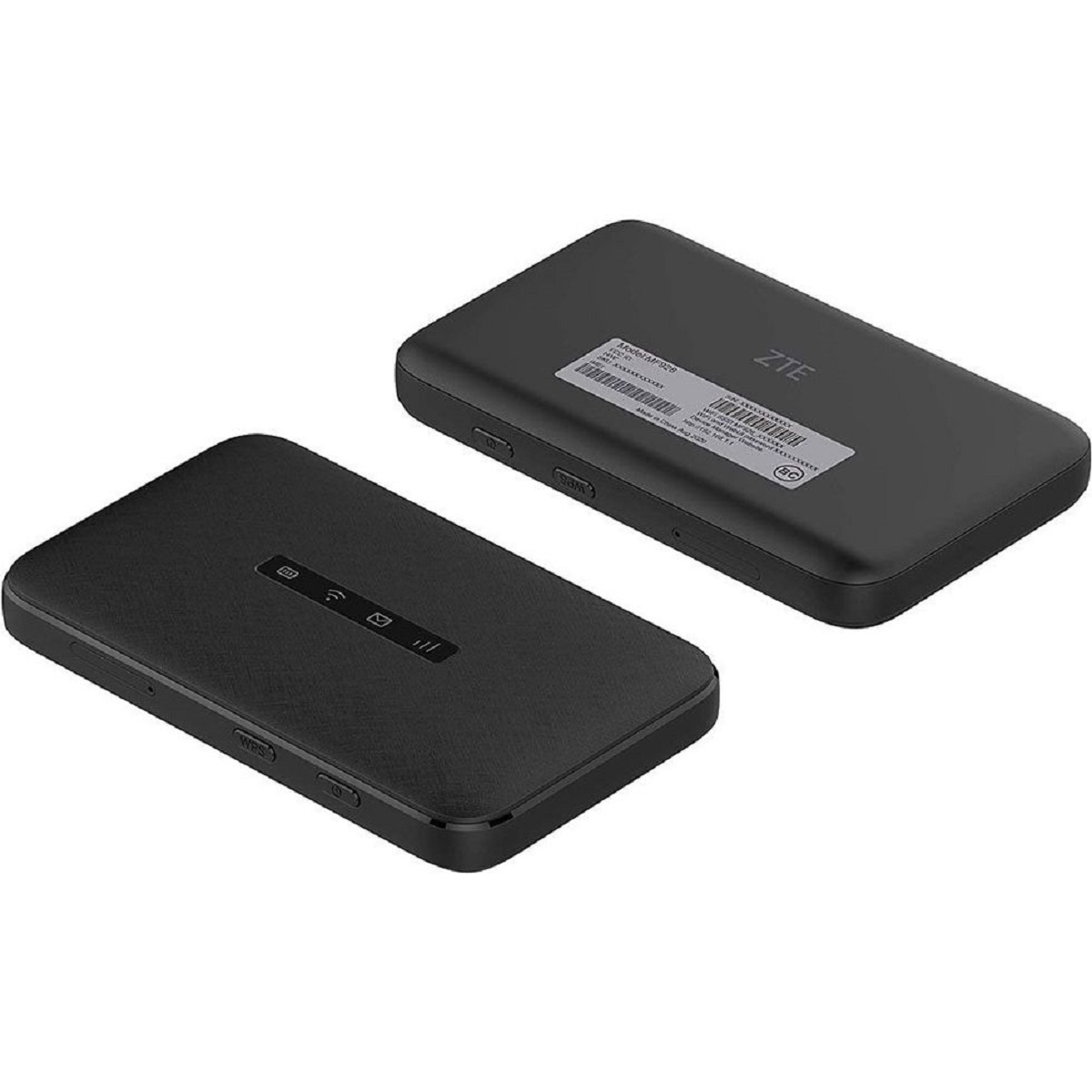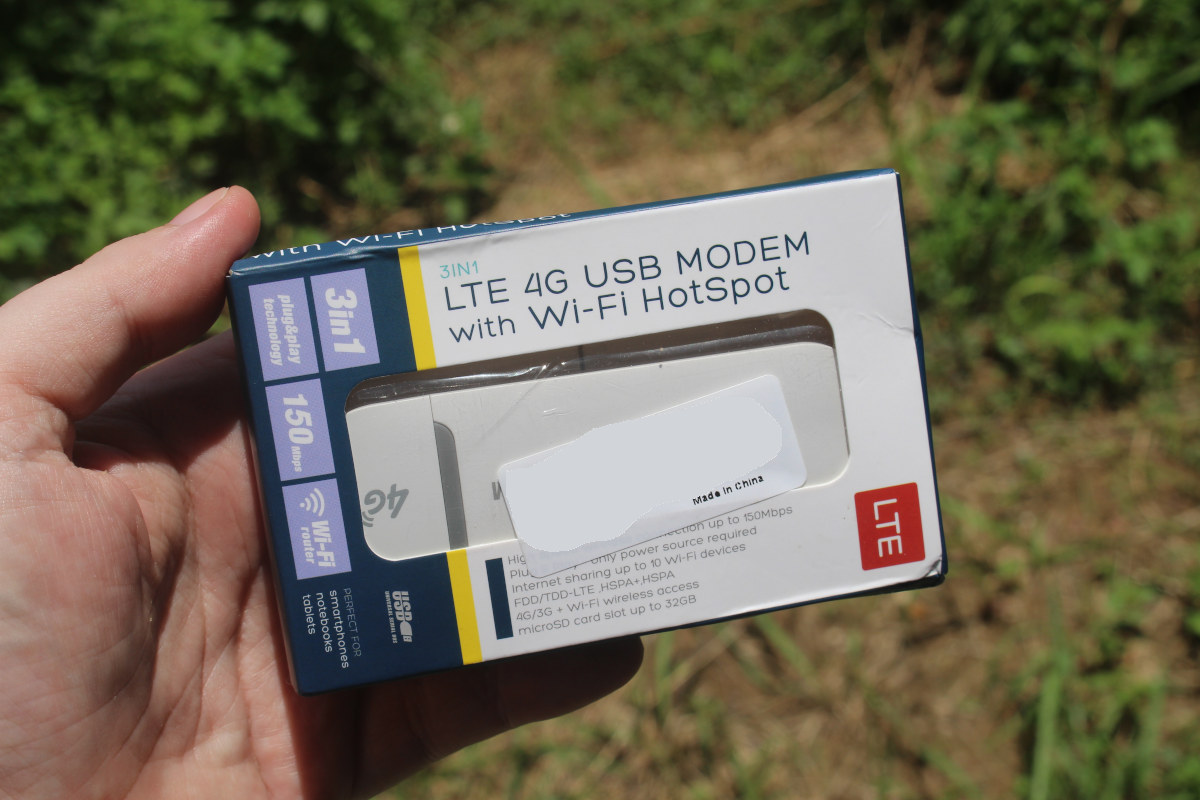What is a Mobile Hotspot?
A mobile hotspot is a feature that allows you to share your smartphone's cellular data connection with other devices, such as laptops, tablets, or other smartphones. Essentially, it turns your mobile device into a portable Wi-Fi hotspot, providing internet access to nearby devices that are connected to it. This is particularly useful when you're on the go and need internet connectivity for your laptop or tablet but don't have access to a traditional Wi-Fi network.
When you activate the mobile hotspot feature on your smartphone, it creates a local Wi-Fi network that other devices can connect to. The connected devices can then access the internet using the cellular data connection of the smartphone. This can be beneficial in situations where you need to work or browse the internet while traveling, or when you're in an area with limited or no Wi-Fi access.
One of the key advantages of using a mobile hotspot is its portability. Since it relies on your smartphone's cellular data connection, you can essentially carry your internet connection with you wherever you go, as long as you have cellular coverage. This flexibility makes it a valuable tool for staying connected while away from traditional Wi-Fi networks.
Moreover, mobile hotspots can be particularly useful for individuals who need to work remotely or for small groups of people who require internet access in locations where traditional Wi-Fi may not be available. It provides a convenient way to establish a temporary internet connection without the need for a dedicated Wi-Fi router or access point.
In essence, a mobile hotspot offers a convenient and flexible way to share your smartphone's internet connection with other devices, enabling internet access on the go and in situations where traditional Wi-Fi networks may be unavailable. This feature has become increasingly important in today's mobile-centric world, providing a valuable solution for staying connected while on the move.
Setting Up a Mobile Hotspot on Windows 10
Setting up a mobile hotspot on Windows 10 is a straightforward process that allows you to share your computer's internet connection with other devices. Whether you're traveling, working remotely, or facing a temporary lack of traditional Wi-Fi access, creating a mobile hotspot can provide a convenient solution for staying connected. Here's a step-by-step guide to setting up a mobile hotspot on your Windows 10 device:
-
Accessing the Mobile Hotspot Settings: To begin, open the "Settings" app on your Windows 10 device. You can do this by clicking on the Start menu and selecting the gear-shaped "Settings" icon. Alternatively, you can use the keyboard shortcut Windows key + I to open the Settings app directly.
-
Navigating to Network & Internet Settings: Within the Settings app, click on "Network & Internet." This section houses various network-related settings, including those for configuring a mobile hotspot.
-
Setting Up the Mobile Hotspot: Under the "Network & Internet" settings, select the "Mobile hotspot" tab from the left-hand menu. Here, you'll find the option to set up and configure your mobile hotspot.
-
Configuring Hotspot Settings: Within the Mobile hotspot settings, you can customize the network name (SSID) and password for your hotspot. It's advisable to choose a strong, unique password to secure your hotspot and prevent unauthorized access.
-
Activating the Mobile Hotspot: Once you've configured the hotspot settings to your preference, toggle the "Share my Internet connection with other devices" switch to the "On" position. This action activates the mobile hotspot, allowing other devices to connect to it.
-
Connecting Devices to the Hotspot: With the mobile hotspot activated, other devices such as laptops, tablets, or smartphones can now detect and connect to the hotspot using the network name and password you specified.
-
Monitoring Hotspot Usage: Windows 10 provides a built-in feature for monitoring the devices connected to your mobile hotspot and the data usage associated with each device. This can be useful for managing and tracking the internet usage of connected devices.
By following these steps, you can easily set up a mobile hotspot on your Windows 10 device, enabling you to share your computer's internet connection with other devices. This feature provides a convenient way to stay connected and access the internet in various scenarios, making it a valuable tool for users who require on-the-go connectivity.
Creating a mobile hotspot on Windows 10 is a versatile feature that empowers users to extend their internet connectivity to other devices, fostering productivity and connectivity in diverse environments. Whether it's for work, leisure, or staying connected while traveling, the ability to set up a mobile hotspot on Windows 10 offers a practical solution for maintaining internet access in a variety of situations.
Tips for Using a Mobile Hotspot on Windows 10
Once you have set up a mobile hotspot on your Windows 10 device, there are several tips and best practices to consider for optimizing your experience and ensuring seamless connectivity. These tips can help you make the most of your mobile hotspot and address potential challenges that may arise. Here are valuable tips for using a mobile hotspot on Windows 10:
1. Positioning and Signal Strength
When using your Windows 10 device as a mobile hotspot, consider the positioning of the device to ensure optimal signal strength. Placing the device in a central location can enhance the coverage and signal quality, improving the overall performance of the mobile hotspot. Additionally, being mindful of potential obstructions and interference from other electronic devices can contribute to a more stable and reliable connection.
2. Data Usage Monitoring
Windows 10 provides built-in tools for monitoring the data usage of devices connected to your mobile hotspot. It's advisable to regularly check the data usage to stay informed about the amount of data being consumed by connected devices. This can help you manage your data allocation effectively and avoid exceeding any data caps or incurring additional charges from your cellular provider.
3. Security Measures
Maintaining the security of your mobile hotspot is crucial to prevent unauthorized access and protect your data. Ensure that you have set a strong and unique password for the hotspot to prevent unauthorized users from connecting to your network. Regularly reviewing and updating the hotspot password can further enhance security and minimize the risk of unauthorized access.
4. Power Management
When using your Windows 10 device as a mobile hotspot, consider the power management settings to optimize battery life. Adjusting power settings, such as screen brightness and sleep mode, can help conserve battery power, extending the duration of the mobile hotspot usage, especially when relying on the device's battery for prolonged connectivity.
5. Device Compatibility
Verify the compatibility of devices that will be connecting to your mobile hotspot. Ensure that the devices support the Wi-Fi standards and security protocols used by your Windows 10 device. Compatibility issues can hinder the connectivity and performance of the mobile hotspot, so it's important to confirm compatibility before attempting to connect additional devices.
6. Network Congestion Awareness
Be mindful of potential network congestion, especially in crowded or high-traffic areas. In densely populated locations, such as public venues or events, the available cellular network bandwidth may be shared among numerous users, potentially impacting the performance of your mobile hotspot. Being aware of network congestion can help manage expectations and adapt connectivity strategies accordingly.
By incorporating these tips into your usage of a mobile hotspot on Windows 10, you can optimize the performance, security, and efficiency of your connectivity. These best practices can contribute to a smoother and more reliable experience when leveraging your Windows 10 device as a mobile hotspot, enhancing your ability to stay connected and productive in various scenarios.







